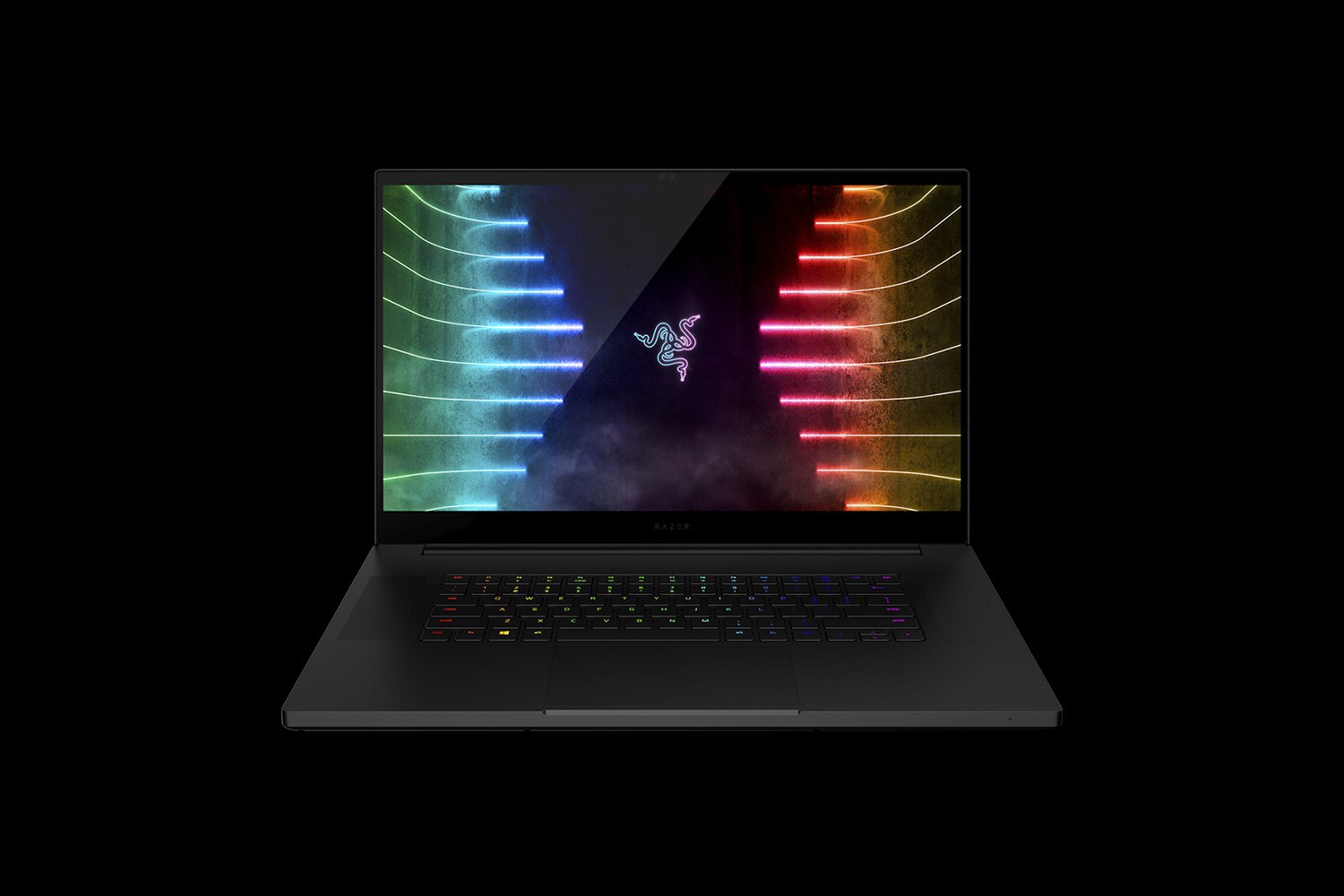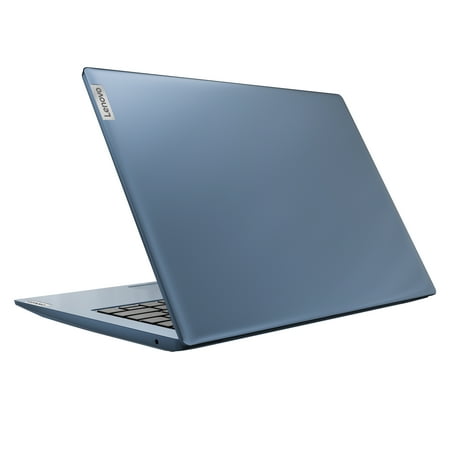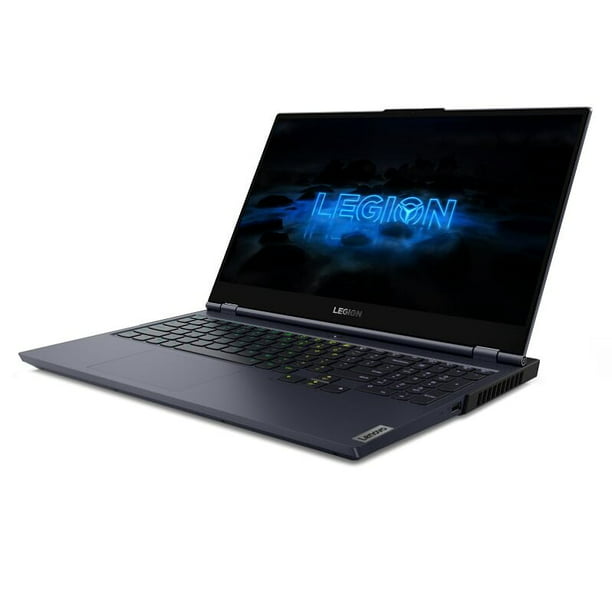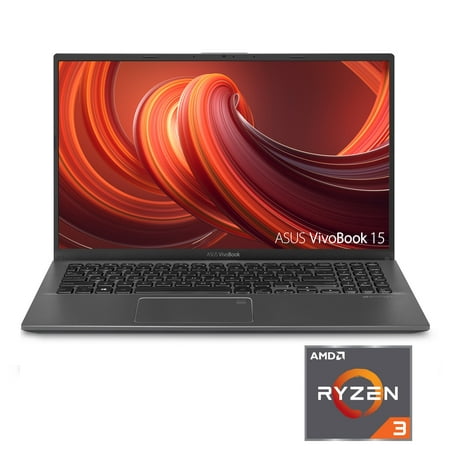Razer Blade 17 – 4K Touch 120Hz – GeForce RTX 3080 – Black
2.5GHz 8-core Intel i9-11900H processor, Turbo Boost up to 4.9GHz, with 24MB of Cache
Windows 10 Home. 17.3″ 4K 120Hz Touch Display, 100% Adobe RGB, 6mm bezels, individually factory calibrated.
Razer Blade 17 – 4K Touch 120Hz – GeForce RTX 3080 – Black
- 2.5GHz 8-core Intel i9-11900H processor, Turbo Boost up to 4.9GHz, with 24MB of Cache
- Windows 10 Home
- 17.3″ 4K 120Hz Touch Display, 100% Adobe RGB, 6mm bezels, individually factory calibrated
- NVIDIA® GeForce® RTX 3080 (16GB DDR6 VRAM)
- 1TB PCIe Gen4 NVMe upgradeable to 4TB + Open M.2 Slot (Supports 2-sided NVMe Drive), upgradeable to 4TB SSD
- 32GB DDR4 3200MHz dual-channel memory (slotted)
-
- Anti-Ghosting
- Per-Key Backlighting, powered by Razer Chroma™
Product Code: RZ09-0406CE63-R3U1
| PROCESSOR | 2.5GHz 8-core Intel i9-11900H processor, Turbo Boost up to 4.9GHz, with 24MB of Cache |
|---|---|
| OS | Windows 10 Home |
| DISPLAY | 17.3″ 4K 120Hz Touch Display, 100% Adobe RGB, 6mm bezels, individually factory calibrated |
| GRAPHICS | NVIDIA® GeForce® RTX 3080 (16GB DDR6 VRAM) |
| STORAGE | 1TB PCIe Gen4 NVMe upgradeable to 4TB + Open M.2 Slot (Supports 2-sided NVMe Drive), upgradeable to 4TB SSD |
|---|---|
| MEMORY | 32GB DDR4 3200MHz dual-channel memory (slotted) |
| KEYBOARD |
|
| CONNECTIVITY | Intel® Wireless Wi-Fi 6E AX210 (IEEE 802.11a/b/g/n/ac/ax) |
| BATTERY AND ADAPTOR |
|
| TOUCHPAD | Precision glass touchpad |
| INPUT & OUTPUT |
|
| AUDIO |
|
| ADDITIONAL FEATURES | 1080P FHD IR Camera – Supports Windows Hello |
| FINISH |
|
| DIMENSIONS |
|
| WEIGHT | 2.75 kg / 6.06 lbs |
| GRAPHIC FEATURES |
|
Additional information
| DIMENSIONS | 19.9 mm x 260 mm x 395 mm |
|---|---|
| WEIGHT | 2.75 kg / 6.06 lbs |






Reviews
There are no reviews yet.